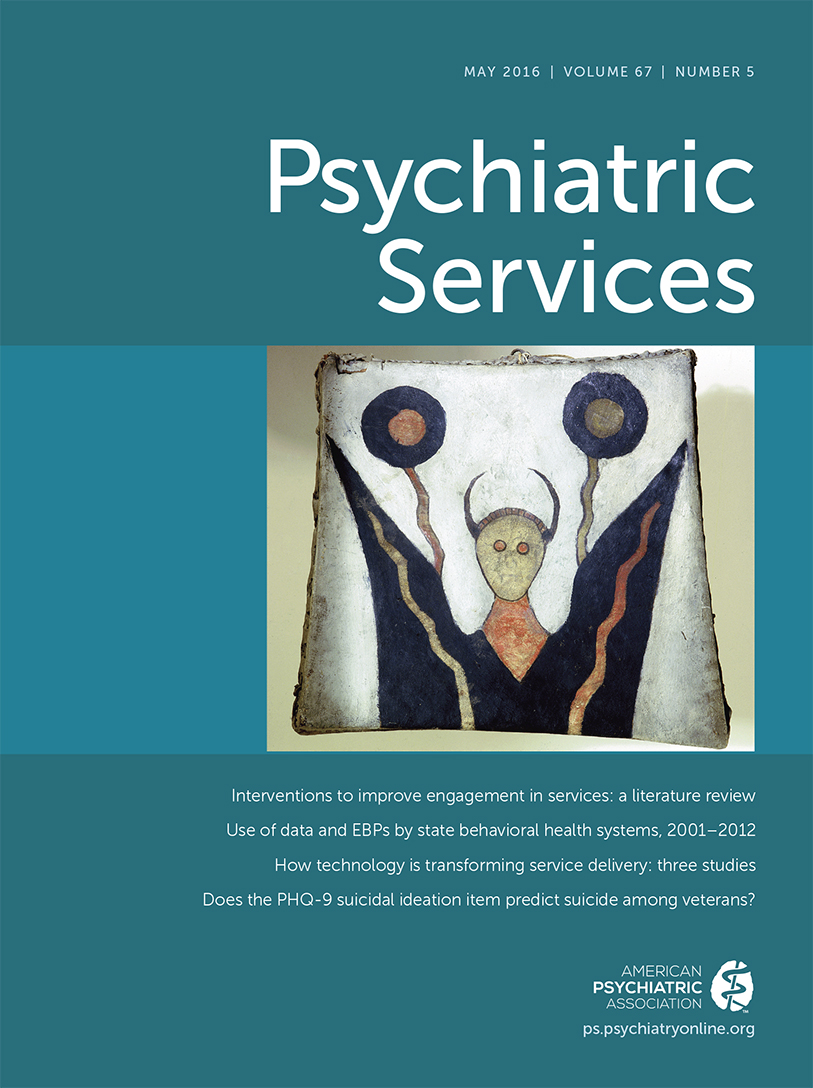The ADHD Explosion: Myths, Medication, Money, and Today’s Push for Performance

The ADHD “explosion” cited in the title of this book, which was written by a clinical psychologist and a health economist at the University of California, San Francisco, and Berkeley, respectively, refers to the enormous increase in diagnosis and treatment of attention-deficit hyperactivity disorder and to the American public’s acceptance—nay enthusiasm—for ADHD as a treatable disorder. The authors argue that the explosion has been fueled by cultural and class-specific anxieties about children’s academic and professional performance. But “explosion” could also refer to the corresponding flood of scientific, clinical, and promotional literature. To that flood this book is a welcome and timely addition.
What makes this book timely is the adroit combination of a clinician’s review of the historical, epidemiological, and clinical literature for ADHD and an economist’s review of the larger cultural and economic context that has stimulated such literature and its avid consumption.
To the authors’ credit and the reader’s benefit, each section is introduced by a clinical vignette that puts a human face on the phenomena in question.
The reader also benefits from an accessible style: messages frequently lost amid technical jargon are stated in highly readable form. This is an important gift to readers because what we call ADHD attracts a diverse readership: not just parents of affected children and adults possibly affected themselves, but also a range of professionals, including physicians, psychologists, teachers, and child welfare workers. The book’s content and style are accessible to readers from all of these groups. (A few editing lapses—for example, “draeptomania” for “drapetomania” and “unmediated” for “unmedicated”—do not detract.)
A criticism may be offered, surprisingly, in terms of the authors’ determination to describe and help those caught up in a medical-cultural “explosion,” that the title, while succeeding in drawing the reader’s attention to the explosion, may play to some readers’ inclination to medicalize and decontextualize children’s challenges. The review of causes might also have included mention of hypotheses regarding the possible role of environmental toxins.
But the overall contribution of the book is to provide a welcome comprehensive review of the biology, developmental psychology, and social and cultural setting of a condition that needs to be appreciated from all of these perspectives.



